Ever wondered how some dogs can sniff out lost hikers, hidden truffles, or even missing socks under the couch? Yep, that super-sniffer power isn’t just cute—it’s legendary. Some dogs are born with noses so sharp, they can track a scent for miles. But here’s the cool part: a few of these scent-tracking champs also happen to live long, healthy lives.
Now, if you’re dreaming of a four-legged Sherlock Holmes who’ll stick around for years of adventures, you’re in the right place. We’re talking about sniffers with serious staying power—loyal, smart, and full of energy even as the years roll by.
Not every tracking dog fits that bill, though. Some may have the skills but not the lifespan. That’s why we’ve rounded up the best of both worlds. Curious to meet these nose-driven legends with longevity? Let’s dive into the dog breeds that truly know how to stick around.
Best Scent Tracking Dog Breeds with a long lifespan
1. Beagle
Beagles may be small, but their scenting skills are legendary. They’ve got over 220 million scent receptors—more than most other dogs, which makes them outstanding trackers. Their compact size means they can follow trails in tight spaces where larger dogs can’t go.
Originally bred for tracking hares, Beagles have insane scent discrimination. They can detect and differentiate between multiple smells layered in one trail. Whether it’s a lost pet or a missing sock, their nose is like a finely tuned instrument.
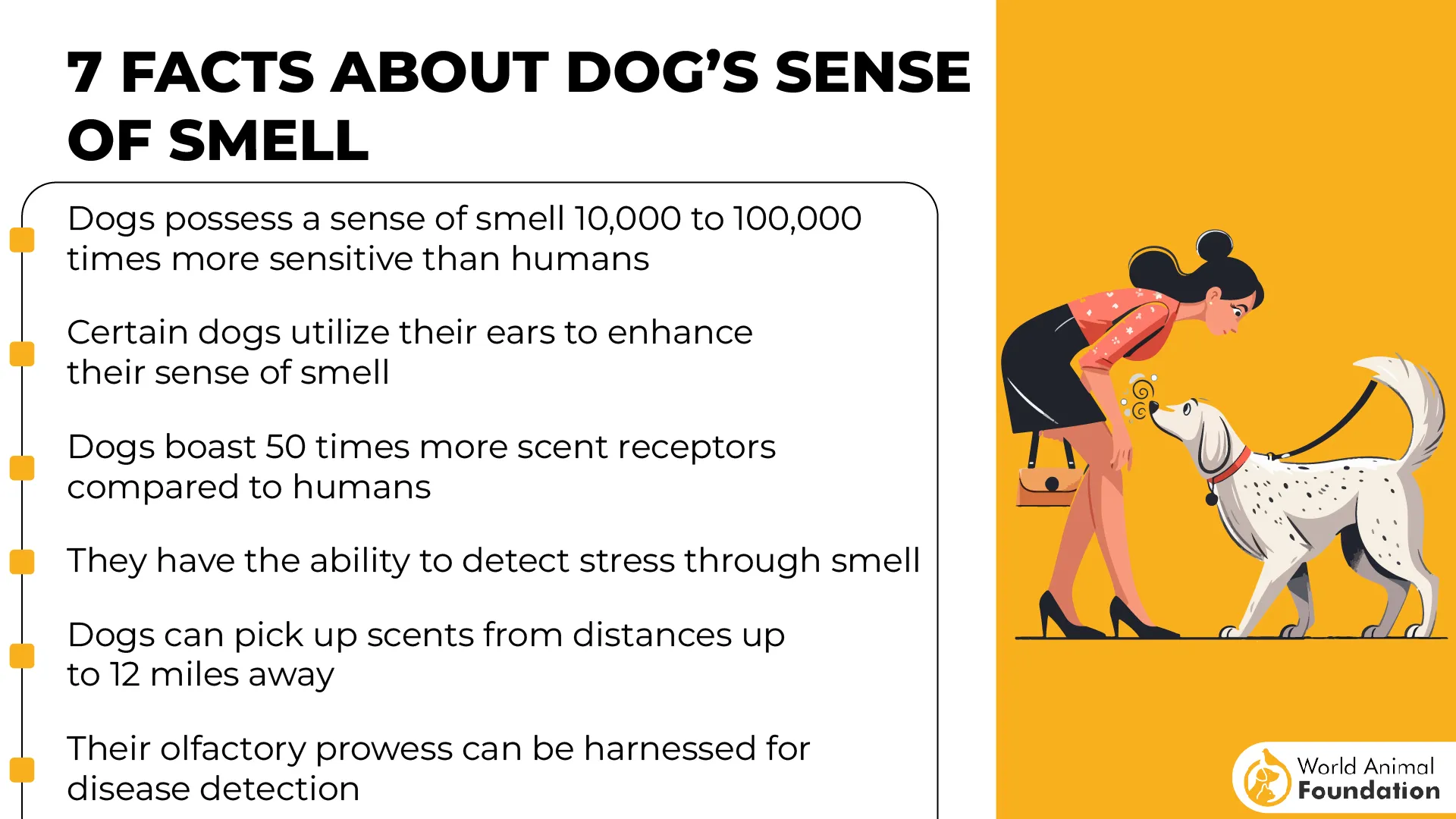
They’re also incredibly calm and persistent, says Britannica. Once they’ve picked up a scent, there’s no distracting them. This determination makes them great for search-and-rescue, as well as airport detection work, where precision is everything. They follow scents with their nose to the ground and tail up—a classic hound stance. That intense focus keeps them locked into scent trails, even if it takes hours.
Training a Beagle requires creativity. They’re smart but independent, and their nose sometimes overrides commands. Using scent-based games and rewards works like a charm—it lets them “work” while learning new skills.
Their long lifespan (typically 12–15 years) means they stay in the game longer than many larger scent hounds. With the right exercise, vet care, and mental stimulation, a Beagle can track well into their senior years.
Fun Fact: A Beagle’s nose is so reliable that U.S. Customs uses them in their “Beagle Brigade” to sniff out illegal food and plant items in airports—and they do it with wagging tails!
2. English Springer Spaniel
The English Springer Spaniel doesn’t just track scents—they chase them with style. Bred to flush game from dense cover, these dogs have an instinctive drive to follow a trail, whether it’s on dry land or through thick brush. Their focus is next-level.
What sets Springers apart is their ability to scent in bursts of high energy. They’re not slow-and-steady trackers; they’re fast, agile, and love the chase, states AKC. You’ll often see them zigzagging across fields, covering ground like pros while their nose does the work. Springer uses both air scenting and ground scenting. That means they can pick up smells carried by the wind and scents left on the trail.
They’re also highly tuned in to their handlers. This breed thrives on teamwork and constant feedback, which makes them easier to guide during tracking tasks. Springers are big on stamina. They’ll track for hours without showing signs of slowing down, making them favorites in field trials and upland game hunting.
Springers are friendly, people-loving dogs who want to be in the middle of the action. Their sociability makes them great for family life and search-and-rescue work, where calm, confident behavior is a must. Who says a working dog can’t be cuddly too?
They’re relatively low-shedding but require regular brushing due to their feathery coat. It’s a small tradeoff for a dog that gives you beauty, brains, and one of the most versatile noses in the scent-tracking world.
3. Grand Basset Griffon Vendéen
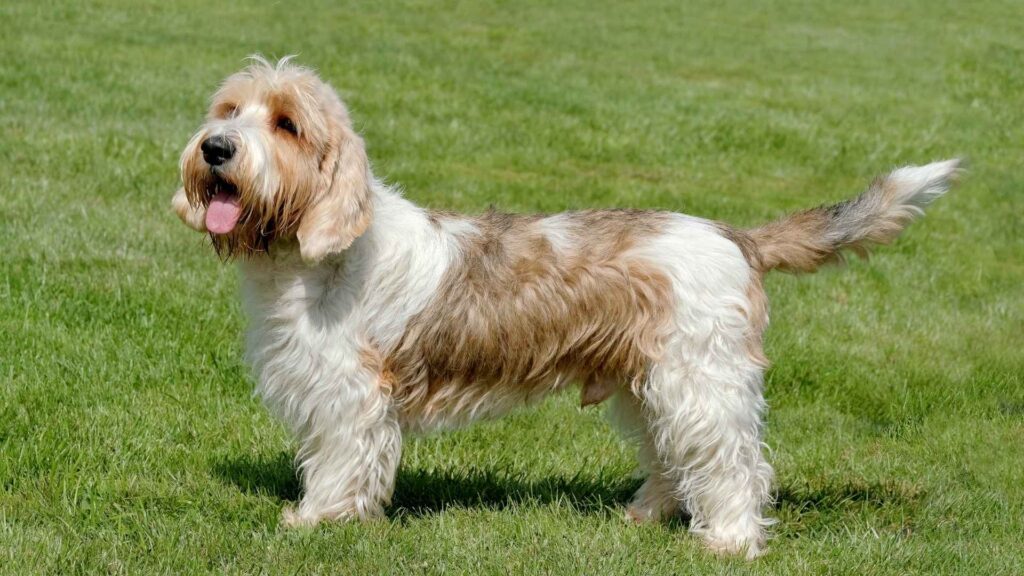
The Grand Basset Griffon Vendéen (GBGV) is built for the long haul—literally. With short, strong legs and a muscular frame, this breed was made to trail game over rugged terrain for hours without tiring. Their stamina is unmatched among scent hounds.
This isn’t your average “nose to the ground” kind of tracker. GBGVs are deliberate and methodical, known for slowly and confidently following even faint scent trails across forests, fields, and hills. Think of them as the marathon runners of scent tracking.
They were originally bred in France to hunt deer and wild boar, which says a lot about their drive and determination. Not many scent dogs are expected to follow such difficult prey, but the GBGV took it all in stride—and still does. Despite their serious work ethic, GBGVs are affectionate, happy-go-lucky dogs at home, says the AKC. They’re goofy, social, and love being part of a pack.
With a loud, distinctive bay, these hunting dogs announce their finds with enthusiasm. Their vocal tracking style helps hunters follow them from a distance, but it also means they’re not the quietest dogs in the room. They’re clever, problem-solving dogs that don’t need constant guidance once they’re on a trail. GBGV is a dog that just gets the job done without fuss.
They typically live between 12–14 years, and thanks to their strong, hardy constitution, they tend to stay active deep into their senior years. Just give them space to sniff, explore, and stay mentally sharp, and they’ll age like fine wine.
4. Petit Basset Griffon Vendéen
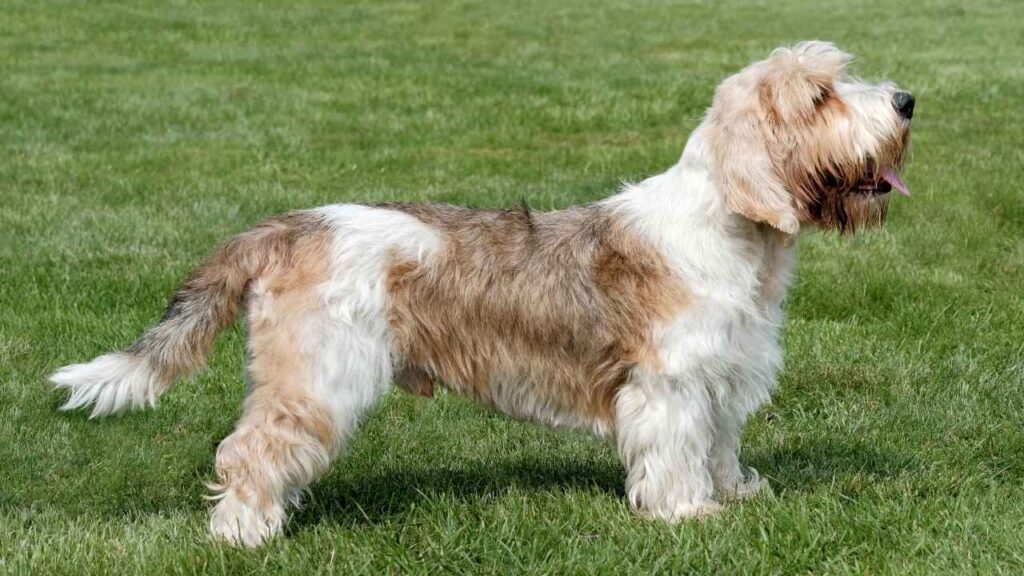
The Petit Basset Griffon Vendéen may be small, but they’re scenting dynamos. These scruffy little hounds were bred in France to navigate rocky, brush-filled terrain, and their compact bodies move like little off-roaders on a mission.
Their sense of smell is exceptionally refined, especially for small game. PBGVs are experts at isolating a single scent trail from a maze of smells, which makes them great for urban tracking, fieldwork, or even sport scent games like tracking trials. Unlike some stubborn scent hounds, PBGVs have a playful streak that makes them easier to motivate. They respond well to food-based rewards and scent-oriented games.
They’re also naturally curious and highly investigative. If there’s a smell worth exploring, they’re on it—no questions asked. Ever watched a dog investigate a scent like it’s solving a mystery? That’s pure PBGV energy right there.
Despite their working-dog background, these pups are total charmers at home. They’re vocal, affectionate dogs, and love being part of the family, as per WebMD. But fair warning—they talk a lot. Whether it’s a bark, a bay, or a howl, they’ve got something to say.
With a lifespan of 12–14 years, PBGVs stay spry well into their golden years. Their upbeat personality and sharp nose don’t fade much with age, especially if they stay active and get regular mental challenges. Their coat might look wild, but it’s pretty low-shedding and only needs brushing a few times a week. That rugged texture actually helps protect them in dense brush
5. Belgian Malinois
If there’s a scent to be found, the Belgian Malinois will track it like it’s a mission-critical operation. These dogs are known for tracking abilities, lightning-fast reactions, and pinpoint accuracy when following a scent—no distractions, no nonsense.
What truly distinguishes them is their exceptional working intensity. Mals don’t just track—they track like their life depends on it. That’s why they’re a go-to breed for military and police scent detection around the world. They’re built for high-stakes tracking.
They’re agile, lightning quick, and have almost unnatural levels of focus. Whether it’s locating narcotics, explosives, or a lost person in rough terrain, Malinois use their hyper-responsive scent memory to lock onto a target and stay on it.
Malinois works with speed and strategy. They can adjust their pace based on terrain and urgency, which makes them incredibly valuable in dynamic environments. This breed doesn’t just rely on instinct; it evaluates, problem-solves, and adjusts on the fly. That makes them ideal for scent work that’s less about “find and bark” and more about “analyze and act.”
But don’t mistake all that intensity for chaos—they’re highly trainable, says WebMD. They thrive with structure and task-driven engagement, especially when it involves sniffing out scents under pressure. You can’t just tire out a Malinois—they need a purpose.
6. Treeing Walker Coonhound
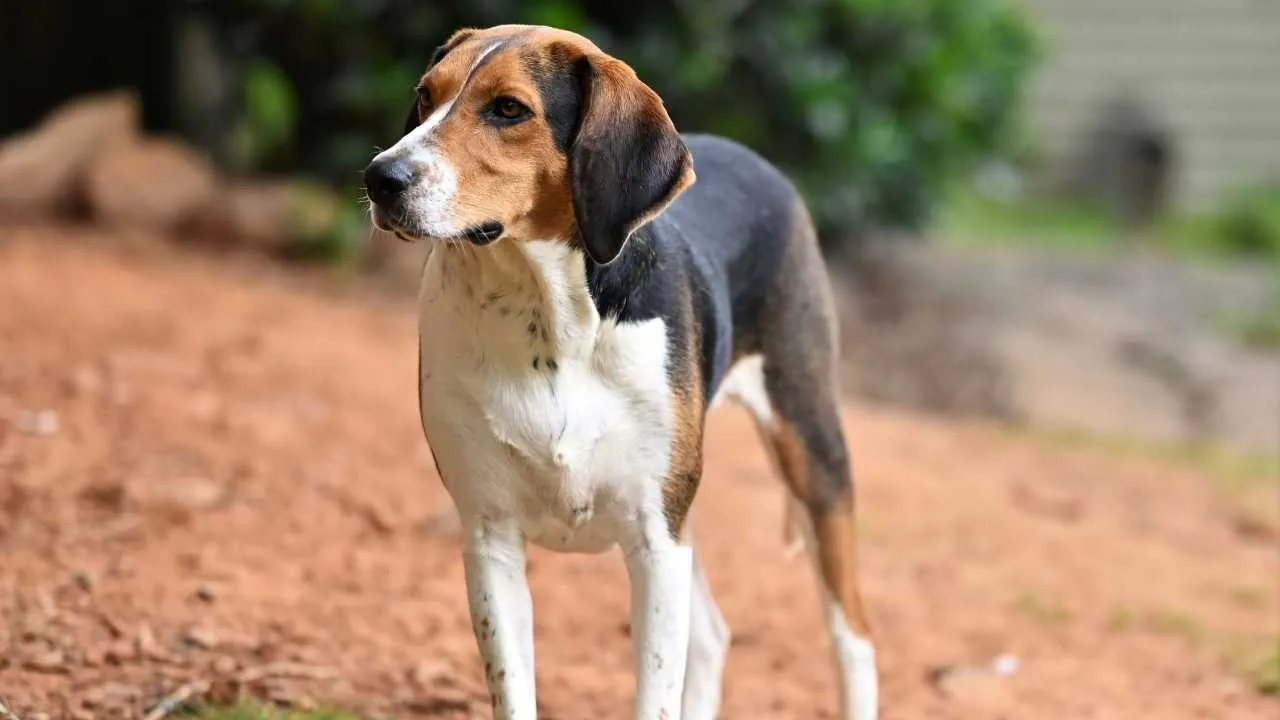
If there’s a breed that takes scent-tracking and turns it into a full-on chase scene, it’s the Treeing Walker Coonhound. These dogs are built for speed and endurance, following scents like they’re on turbo mode. When that nose locks onto a trail, it’s game on.
Originally bred in the U.S. to chase raccoons, this breed excels at picking up a scent, running it full throttle, and then “treeing” the animal by barking beneath the tree where it’s hiding. That’s serious multitasking packed into a hound body.

Unlike slow-paced trackers, Treeing Walkers love the thrill of the hunt. Their scent drive is fast and explosive, and they’ll zigzag through forests, trails, and even uneven terrain with confidence. Their nose isn’t just strong—it’s highly selective. Treeing Walkers can track individual scents even in areas where the smells of other animals are layered all over the place.
And that bark? You’ll hear it. They have a booming bay specifically developed so hunters can follow them from far away. It’s not subtle—but when they’re on a hot scent, their voice practically tells a story with every howl.
This breed thrives on off-leash freedom and needs a job, preferably one that involves tracking, exploring, or puzzle-solving. Give them scent-based games or mantrailing activities, and they’ll stay mentally sharp and physically satisfied.
Grooming’s a breeze, but training can be tricky. AKC states that these hounds are smart and intelligent, but they’re independent thinkers. That said, if your commands line up with their nose’s goal? You’ll have a tracking partner who’s unstoppable.
7. German Shorthaired Pointer
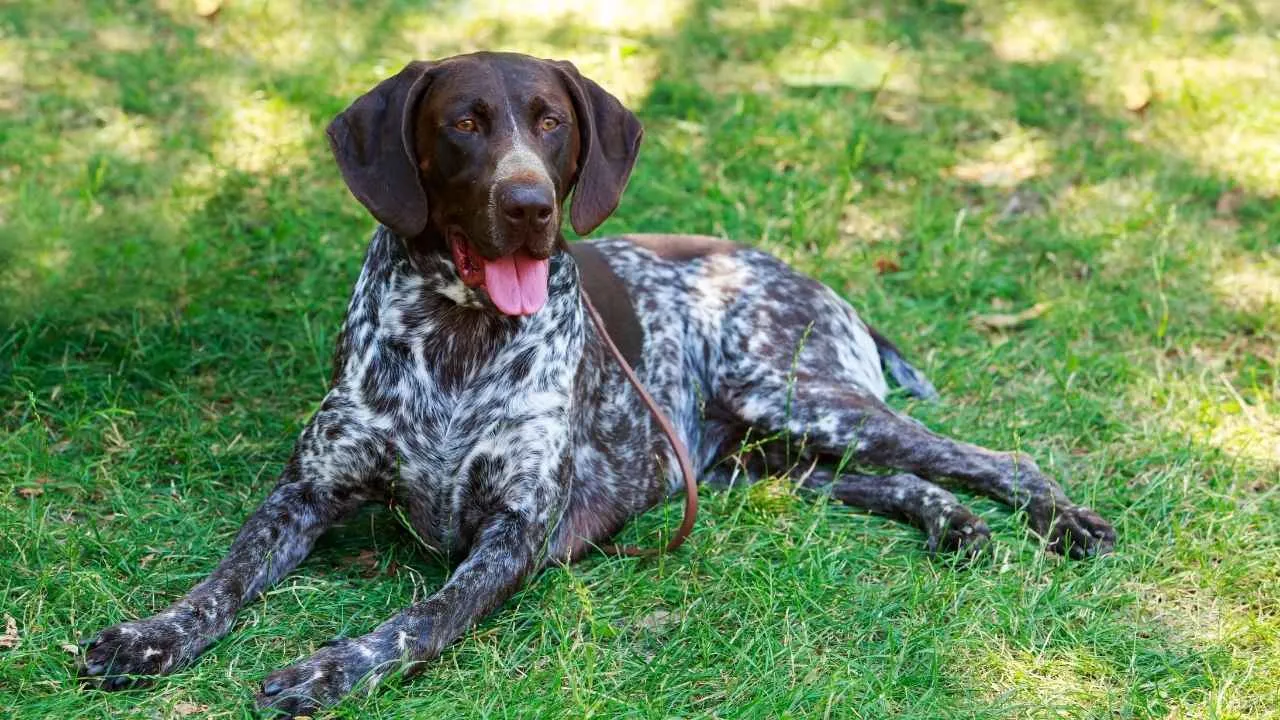
Built for action, the German Shorthaired Pointer (GSP) is a true scenting athlete. Their powerful nose isn’t just good—it’s precise, making them naturals at tracking game or lost scents over long distances. These dogs with a keen sense thrive when they’ve got a job to do, especially if it involves using their nose.
Unlike many other trackers, the GSP shines on land and in water. Their webbed feet and water-resistant coat make them excellent swimmers, perfect for scent trails that cross rivers or wetlands. Talk about versatility, right?
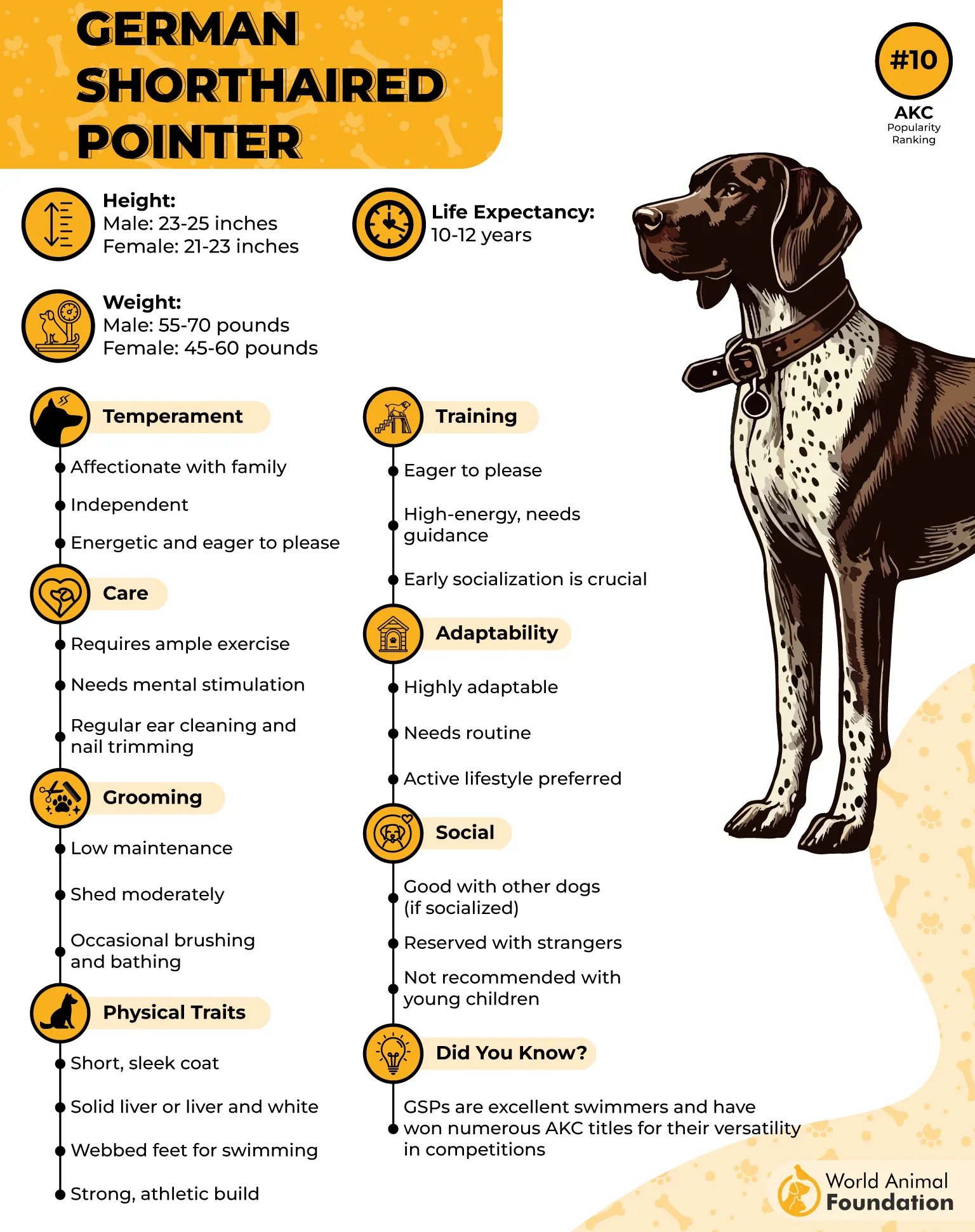
Speed is another standout trait. While some scent hounds are slow and steady, GSPs bring speed and accuracy to the table. They can pick up a scent and sprint toward it with laser focus, which makes them incredibly efficient in time-sensitive tracking work.
These dogs are also incredibly sharp. Their problem-solving skills kick in when a scent trail fades or changes direction. Instead of giving up, they’ll reassess and adjust without losing momentum, like true professionals in the field.
They’re not just brains and brawn; GSPs are affectionate and people-oriented too. While they need plenty of physical and mental stimulation, they’re just as eager to curl up beside their humans after a long day’s work. Sounds like the best of both worlds, doesn’t it?
Fun Fact: German Shorthaired Pointers can learn over 100 scent-related commands and often dominate competitive scent work, thanks to their insane combo of drive, focus, and athleticism.
Conclusion
When it comes to choosing the best scent-tracking dog breeds with a long lifespan, understanding a dog’s natural instincts, sense of smell, and ability to track scents over long distances is key. From the German Shorthaired Pointer to the Beagle and English Springer Spaniel, these scent hounds and gun dogs are known not only for their exceptional noses but also their friendly nature, making them great family pets. Many of these breeds were originally bred for hunting or retrieving game, giving them a keen ability to follow trails across rugged terrain.
Whether you’re pursuing raccoons, tracking deer, or just looking for a hard-working dog with strong scenting ability, breeds like the Basset Hound, Black and Tan Coonhound, Redbone Coonhound, and American Foxhound deliver on every front. Their long ears, short legs, and shaggy coats (in some cases) help them excel in cold climates and provide them with the tools to thrive in large game and small game hunting. Even Labrador Retrievers and Golden Retrievers, while known as versatile hunting dogs, also rank among the top breeds for their natural affinity for tracking and basic obedience.
The American Kennel Club recognizes many of these tracking breeds for their intelligence, high prey drive, and need for mental and physical stimulation. With early socialization, specialized training, and consistent training, these breeds make great companions for both pet parents and hunters. So, if you’re searching for the right breed that blends longevity, a powerful sense of smell, and unique characteristics, these dogs are not just the best dog breed for the job—they’re also well-suited to be loyal, family companions for years to come.

